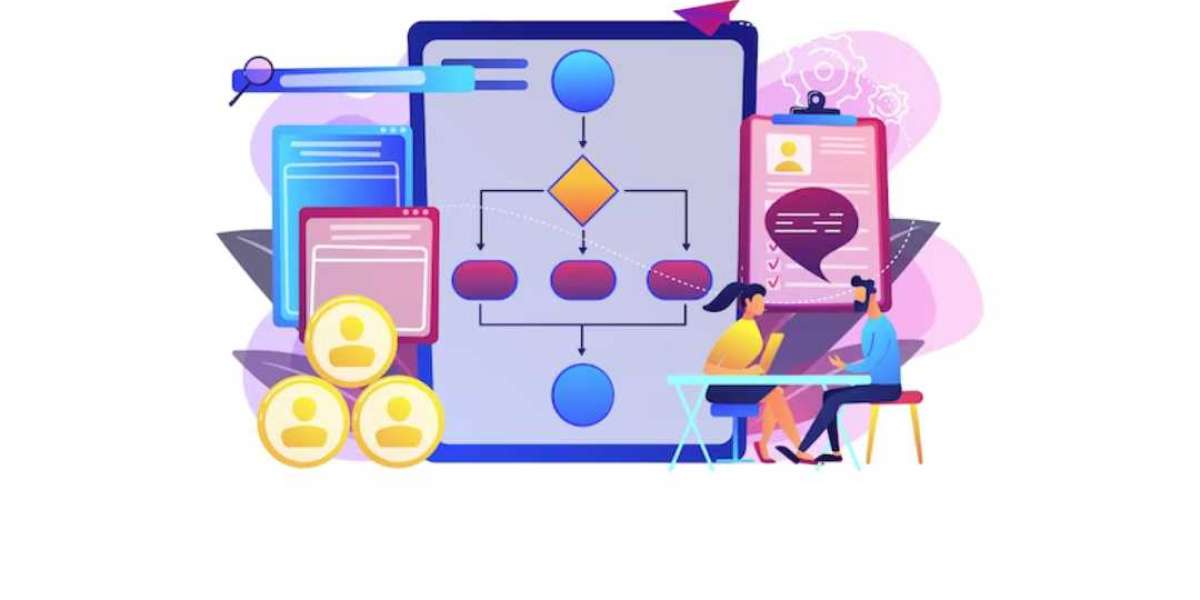Introduction:
In today's dynamic business landscape, carve-out transactions have become increasingly common as companies seek to divest non-core assets or restructure their operations. However, one of the most complex challenges in carve-outs is integrating disparate legacy systems to ensure seamless operations post-transaction. This article explores the critical role of technology integration in carve-out scenarios and offers insights into harmonizing legacy systems for optimal performance.
Understanding Carve-Out Technology Integration:
Carve-out transactions involve separating a portion of a business entity, including its associated technology infrastructure, from the parent company. This separation often requires disentangling interconnected systems and processes, which can be daunting, particularly when dealing with legacy systems. Technology integration in carve-out scenarios aims to unify these disparate systems, ensuring continuity of operations while minimizing disruption to business activities.
Challenges of Legacy System Harmonization:
Harmonizing legacy systems presents several challenges, primarily due to the heterogeneous nature of these systems and the complexity of their interdependencies. Some common challenges include incompatible data formats, differing architectures, and varying levels of technological obsolescence. Additionally, legacy systems may lack documentation, making it difficult to assess their functionalities and integration points accurately.
Strategies for Successful Integration:
To overcome the challenges associated with legacy system harmonization, organizations must adopt strategic approaches tailored to their specific carve-out scenarios. Here are some key strategies:
- Comprehensive Assessment: Conduct a thorough assessment of legacy systems to identify dependencies, data flows, and integration points. This assessment will provide valuable insights into the complexities involved and inform the integration strategy.
- Prioritize Integration Efforts: Prioritize integration efforts based on business-critical functions and dependencies. Focus on integrating systems that directly impact essential operations to minimize disruption and ensure continuity.
- Standardization and Simplification: Standardize data formats, protocols, and interfaces where possible to facilitate seamless integration. Simplifying processes and eliminating redundancies can streamline integration efforts and enhance efficiency.
- Incremental Approach: Adopt an incremental approach to integration, focusing on gradual migration and validation of systems and data. This phased approach allows for better risk management and reduces the likelihood of disruptions.
- Data Migration Best Practices: Implement data migration best practices to ensure the accurate transfer of data between legacy systems and new environments. This includes data cleansing, transformation, validation, and reconciliation to maintain data integrity.
- Change Management and Training: Invest in change management initiatives and provide comprehensive training to stakeholders to facilitate a smooth transition. Effective communication and training are crucial for ensuring user adoption and minimizing resistance to change.
- Collaboration with Technology Partners: Collaborate with technology partners and vendors with expertise in legacy system integration. Leverage their knowledge and experience to navigate complex integration challenges effectively.
Conclusion:
Technology integration plays a pivotal role in the success of carve-out transactions by enabling organizations to harmonize legacy systems and achieve operational continuity. By understanding the unique challenges associated with legacy system integration and implementing strategic approaches tailored to their specific contexts, organizations can navigate carve-out scenarios with confidence and achieve their desired outcomes. Effective technology integration not only ensures business continuity but also paves the way for future growth and innovation.







